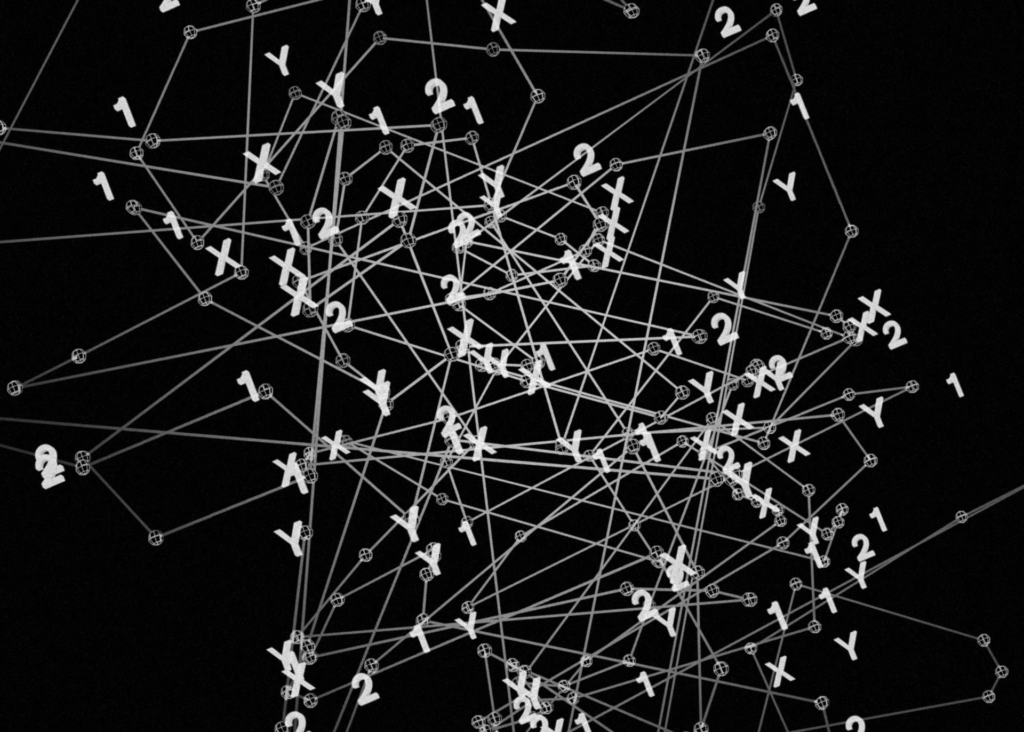Many businesses today face a significant challenge as they continue to scale.
Some experience rapid growth, leading to systems, data, and processes spiraling out of control as the demand for expansion outpaces the organization’s ability to adapt. Others grow slowly over time, adding system after system as new needs arise.
Both scenarios share a common issue: a lack of preparation and investment in standardizing key processes, functions, and supporting technology. In facility management and data centers, this problem is particularly pronounced, with many organizations lagging behind the curve.
Risks to the Business
Without standardization, businesses risk declining client satisfaction, falling short of compliance requirements, and facing financial penalties due to missed SLAs and inflated portfolio costs. To mitigate these risks, organizations need to focus on three critical elements: people, processes, and supporting platforms (technology).
Why Standardization Matters
Standardization refers to the process of establishing and adhering to common standards and protocols across systems, processes, and equipment. This approach offers numerous benefits:
- Consistency: By using standardized processes and equipment, facilities ensure that all components work together seamlessly. This uniformity reduces errors and simplifies maintenance.
- Efficiency: Standardized procedures streamline operations, making it easier to train staff and implement new technologies. This leads to faster response times and improved overall efficiency.
- Cost Savings: Standardization reduces the need for customized solutions, lowering procurement and maintenance costs. Bulk purchasing of standardized equipment can also lead to significant savings.
- Scalability: With standardization, expanding operations becomes a straightforward process. New components and systems can be integrated smoothly, without the need for extensive modifications or retraining.
Where Standardization Matters
Standardization can be applied in various areas to enhance scalability:
- Infrastructure and Equipment: Adopting standard designs for server racks, cooling systems, and power distribution units (PDUs) ensures compatibility and simplifies upgrades. Using common brands and models for equipment also aids in maintenance and troubleshooting.
- Processes and Protocols: Developing standardized operating procedures (SOPs) for tasks such as equipment installation, maintenance, and incident response ensures that all staff follow the same guidelines. This consistency improves reliability and reduces downtime.
- Data Management: Standardizing data formats and protocols for data collection, storage, and analysis helps in creating a unified view of operations. This approach facilitates better decision-making and enhances predictive maintenance capabilities.
- Compliance and Security: Establishing standard security protocols and compliance measures ensures that all parts of the facility meet regulatory requirements. This consistency protects against breaches and reduces the risk of penalties.
The Key to Standardization
The key to achieving standardization is to establish consistent procedures, governed and monitored through the use of technology. But how can organizations drive standardization, especially when managing multiple sites, buildings, and campuses globally? Here’s a three-step approach:
- Adopt a Single-Source-of-Truth Operating Platform: Implementing a unified platform that serves as the single source of truth for all operational data and activities is crucial. This platform should be reliable and accessible to the entire workforce, ensuring consistency and accuracy in day-to-day operations.
- Define and Embed Operating Procedures: Clearly define standard operating procedures (SOPs) and embed them within the platform. This integration ensures that every team member follows the same guidelines, reducing variability and enhancing compliance.
- Educate and Empower the Team: Provide access to the platform and offer comprehensive training to team members. Ensuring that everyone is educated on how to work in a standardized manner across the entire portfolio is essential for maintaining uniformity and efficiency.
MCIM’s Approach to Standardization

MCIM exemplifies the power of standardization in enhancing scalability. As a leader in mission-critical facility management software, MCIM offers a platform that integrates workflow and operational intelligence into a single, unified interface. This approach standardizes data collection, analysis, and reporting across entire facility portfolios, providing clean, accurate, and actionable insights.
Standardization is the cornerstone of scalability in today’s fast-paced business environment. By investing in standardized processes, supporting technology, and comprehensive training, organizations can mitigate risks, enhance efficiency, and scale operations seamlessly. MCIM’s approach to standardization demonstrates how businesses can achieve these goals and maintain high standards of quality and compliance as they grow.
Embrace standardization to unlock the full potential of your operations and stay ahead in the competitive landscape.



